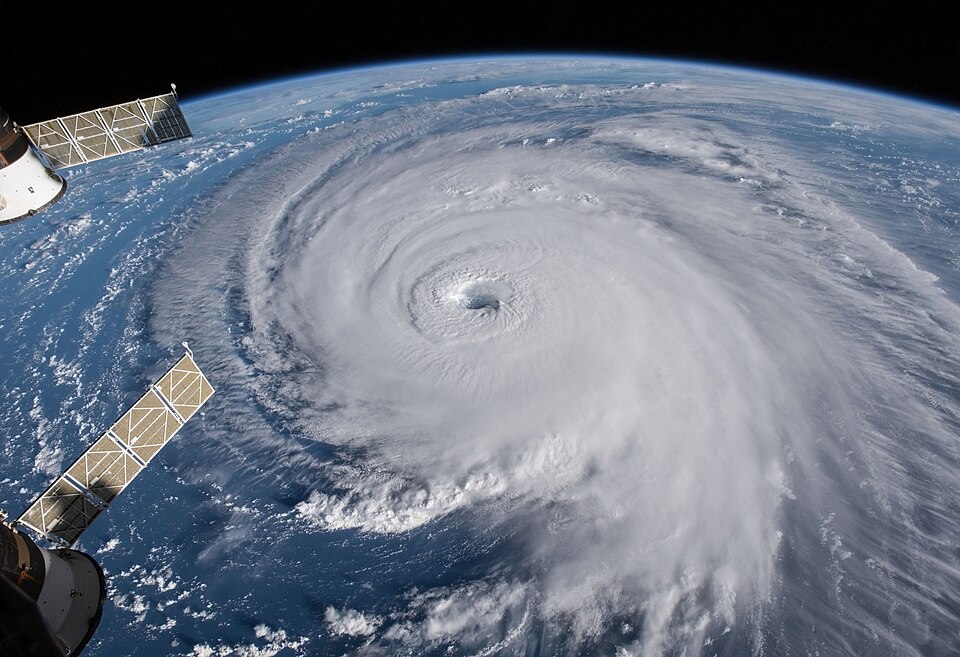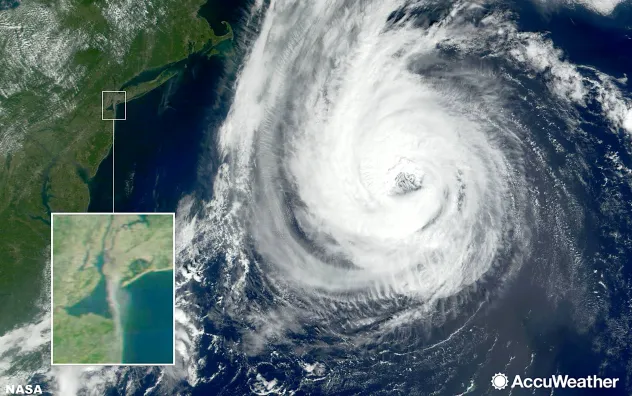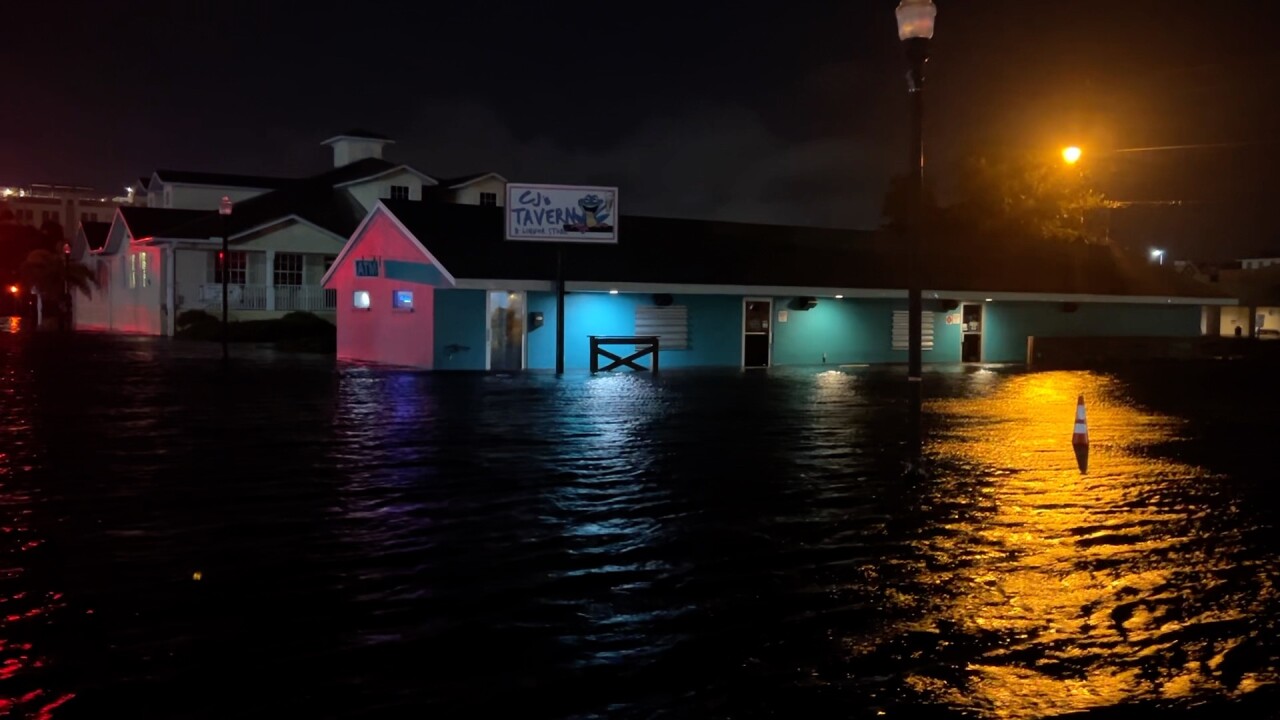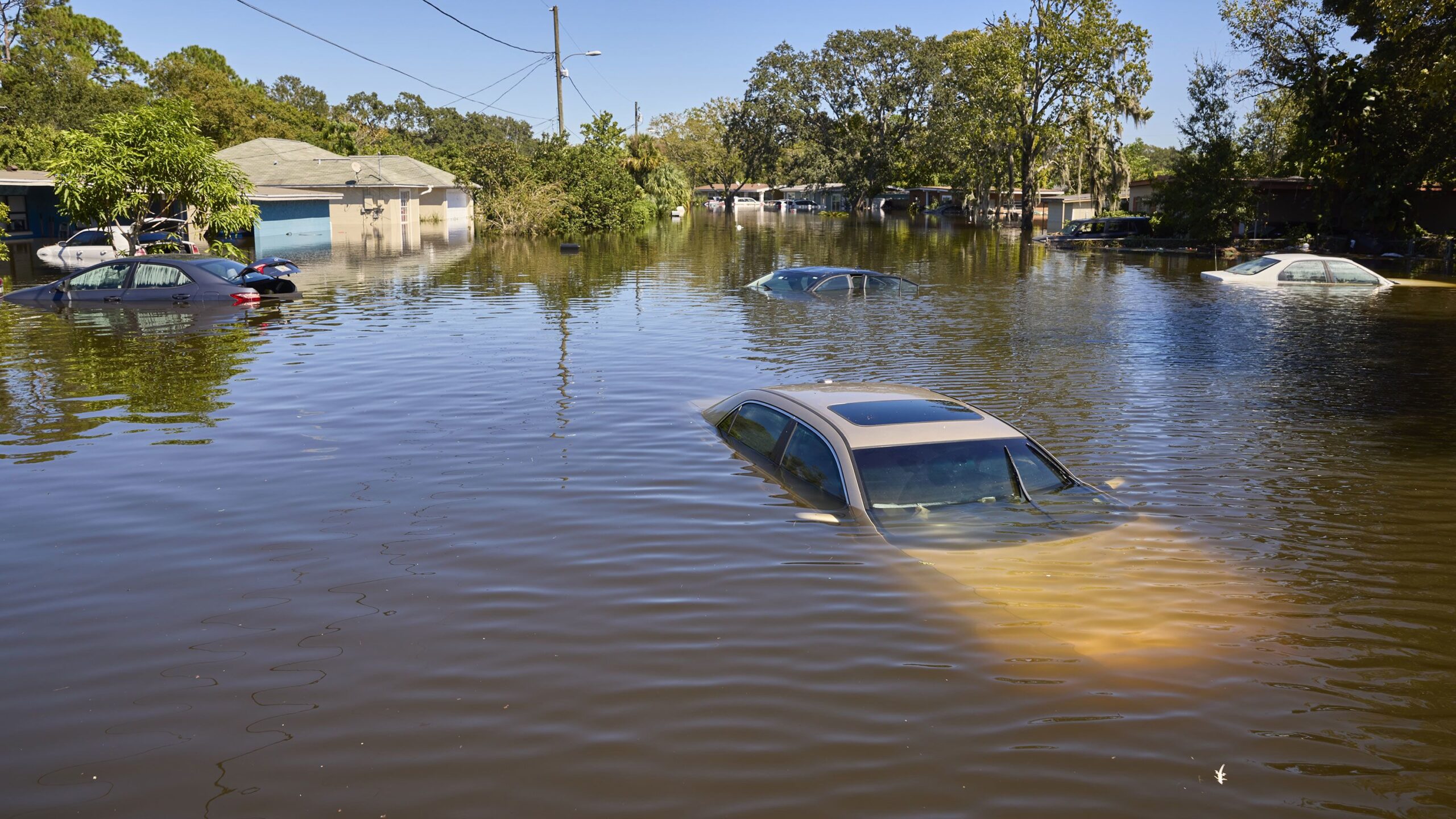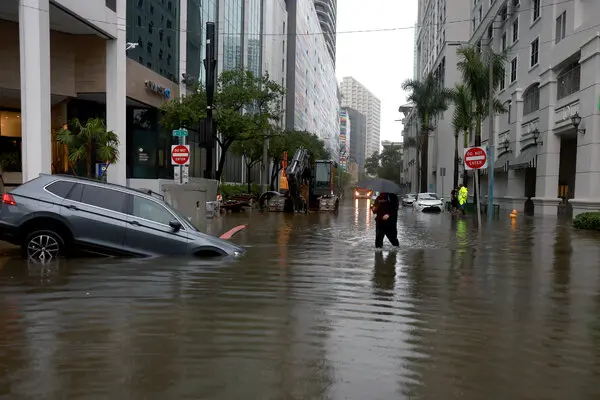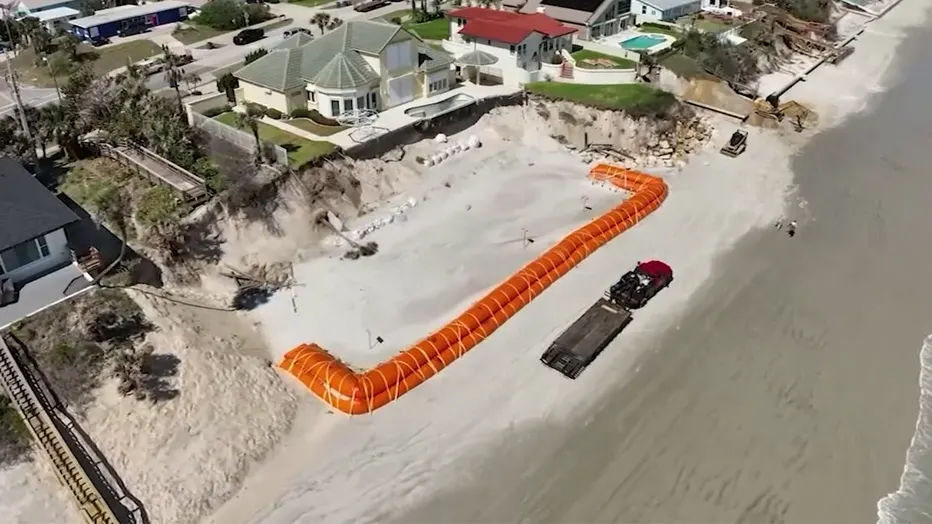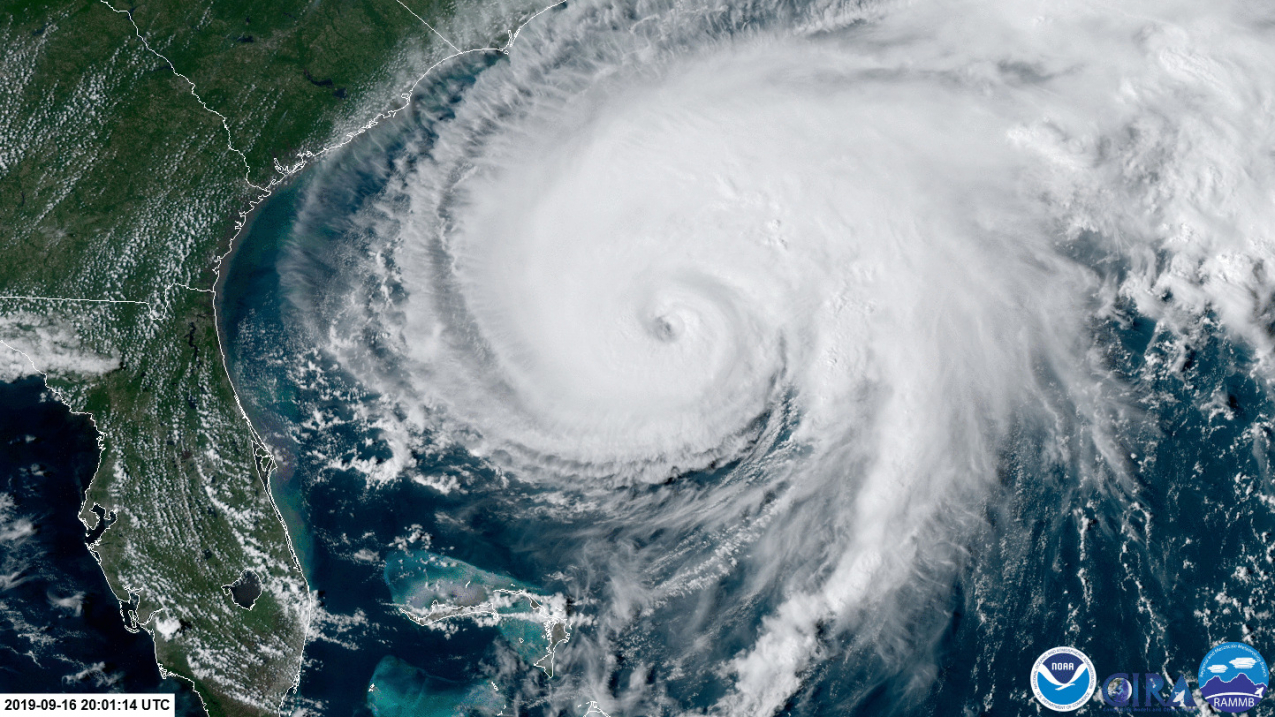Sandbags vs. Reusable Flood Barriers
When floodwaters or storm surges threaten your home, every second counts. For decades, sandbags have been the primary choice for emergency flood defense. But in today’s world of stronger storms and more frequent flooding, homeowners, businesses, and municipalities are turning to smarter, faster, and more sustainable solutions.


